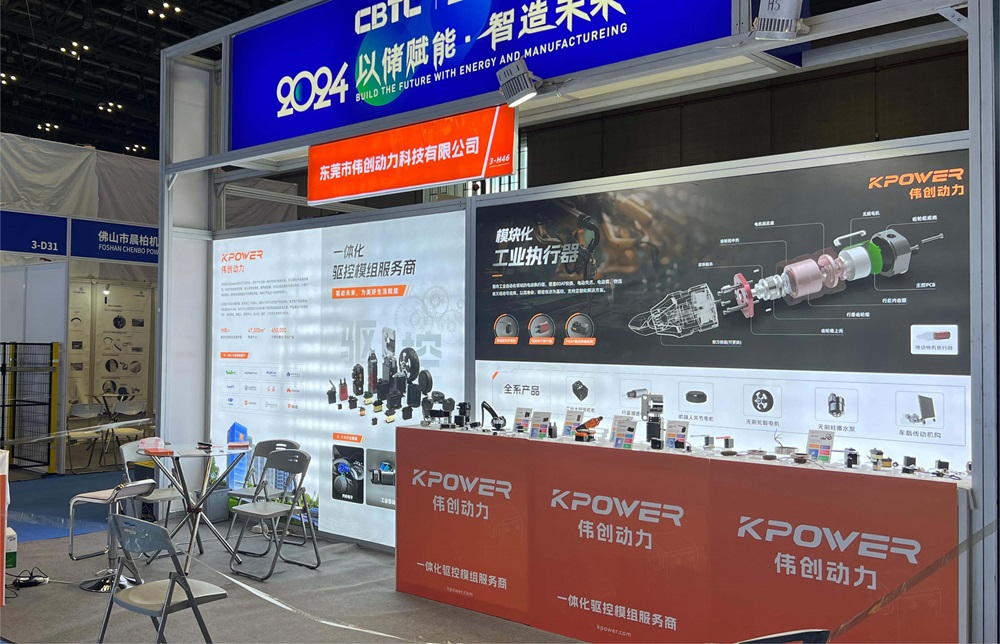Igniting Your Creativity with Arduino Uno and Servo Motors
Imagine a small, sleek circuit board that’s capable of transforming your ideas into reality, opening doors to projects you never thought possible. That’s the magic of the Arduino Uno paired with a servo motor—a combination that has revolutionized the maker and hobbyist worlds alike. Whether you’re a beginner eager to explore electronics or a seasoned engineer designing prototypes, understanding how to harness these tools can be a game-changer.

Getting to Know the Arduino Uno At the heart of countless DIY projects, the Arduino Uno is a microcontroller board known for its simplicity, versatility, and expansive community support. Its compact design includes an ATmega328P microchip, digital I/O pins, analog inputs, a USB connection, and power pins. The Uno serves as the brain, processing inputs and controlling outputs based on programmed instructions.
What makes the Arduino Uno appealing to beginners is its open-source nature and the ease of programming through the Arduino IDE—a friendly platform where you write code in C/C++ and upload it directly to the board. Its compatibility with various sensors, motors, and modules transforms it into a powerful yet approachable tool.
Servo Motors: The Precision Actuators Servo motors are small, fast, and precise, making them ideal for precise positioning tasks. Unlike standard motors, servos come with built-in feedback mechanisms, allowing them to turn to specific angles and hold positions with high accuracy. This characteristic makes them perfect for robotic arms, camera gimbals, remote-controlled vehicles, or even artistic installations.
Typically, a servo motor operates on a pulse-width modulation (PWM) signal, where the width of the pulse determines the position of the servo arm. For example, a 1ms pulse might position the servo at 0°, while a 2ms pulse moves it to 180°, with intermediate distances in between.
Connecting the Arduino Uno to a Servo Motor Getting started is surprisingly straightforward. Most hobby servos have three wires: power (usually red), ground (black or brown), and signal (white, yellow, or orange). To connect one to your Arduino Uno:
Connect the red wire to the 5V pin on the Arduino. Connect the black/brown wire to one of the GND pins. Connect the signal wire to a digital I/O pin capable of PWM—say, pin 9.
Beyond the hardware setup, software is king. You’ll need a library that simplifies servo control: the official Arduino Servo library. It provides functions that let you specify angles directly, rather than manually creating PWM signals.
A Simple Beginner Project: Moving a Servo Let’s imagine you’re just starting out. How do you make the servo move back and forth automatically? It’s simpler than you might think.
First, install the Servo library if not already available. Then, you write a small sketch—a program—that instructs the servo to sweep from 0° to 180° and back again.
#include Servo myServo; // create servo object to control a servo void setup() { myServo.attach(9); // attaches the servo on pin 9 } void loop() { for (int pos = 0; pos <= 180; pos += 1) { // goes from 0 to 180 degrees myServo.write(pos); // tell servo to go to position in variable 'pos' delay(15); // waits 15ms for the servo to reach the position } for (int pos = 180; pos >= 0; pos -= 1) { // goes from 180 to 0 degrees myServo.write(pos); // tell servo to go to position in 'pos' delay(15); // waits 15ms for the servo to reach the position } }
Plugging this code into the Arduino IDE and uploading it to your Arduino Uno will make your servo flap back and forth. It’s a small step, but it opens a world of possibilities for more complex automation.
What’s Next? Exploring More Complex Movements Once comfortable with basic sweeping, you might want to control multiple servos, synchronize their movements, or even integrate sensors to create interactive projects. For instance, you could add a potentiometer to change servo angles manually, or connect ultrasonic sensors to make robotic arms that sense their environment.
The key is to see each project as a puzzle—learning, experimenting, troubleshooting—and gradually expanding your skills. The Arduino Uno and servo motors are your building blocks. With patience and curiosity, your DIY potential grows exponentially.
Leveraging innovations in modular drive technology, Kpower integrates high-performance motors, precision reducers, and multi-protocol control systems to provide efficient and customized smart drive system solutions.




































